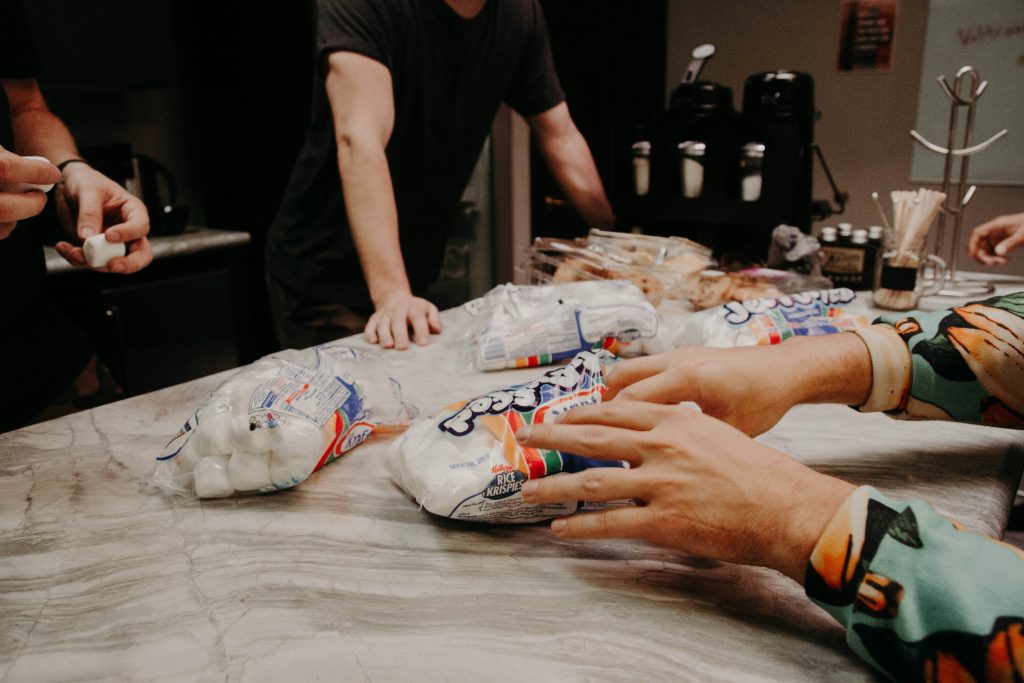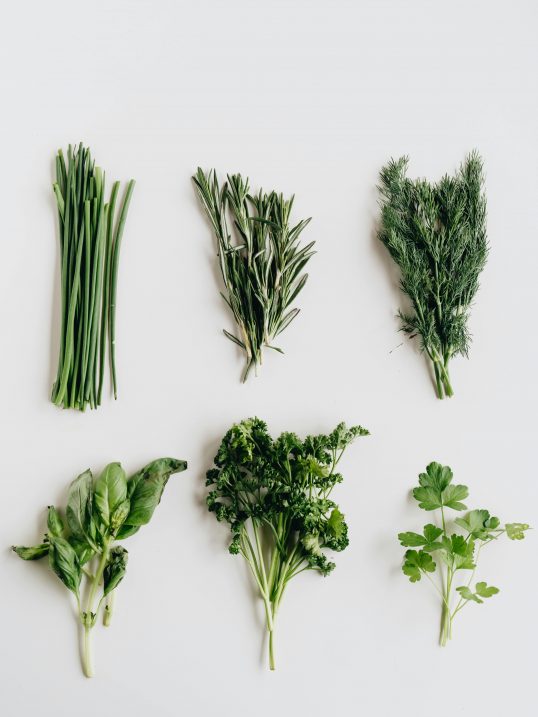Since marshmallows don’t fall into the category of perishable foods, we tend to forget all about them after taking some out.
Which brings us to the question: Do marshmallows go bad?
We’ll explore this and tell you everything you need to know about storing and using these fluffy delights.
Do Marshmallows Go Bad?
Since marshmallows are a form of processed food, they do not spoil the way fresh produce does.
However, they can lose their freshness and texture, and in extreme cases, become moldy.
Factors like exposure to air, moisture, or heat can quicken that process and impact the shelf-life of marshmallows.
Let’s understand what marshmallows are made of and the factors affecting their shelf-life in a bit more detail.
Factors affecting the shelf-life of marshmallows
Today, marshmallows are mass-produced by whipping a concoction of boiled sugar and corn syrup, water, and gelatin.
Gelatin helps marshmallows retain their shape. Moreover, gelatin melts at a temperature of 95°F, lower than the average human body temperature, which gives marshmallows their characteristic melt-in-the-mouth feel.
This also makes marshmallows sensitive to warmer temperatures. To prevent marshmallows from sticking to each other, they are generously coated with cornstarch. However, once they start to melt, they turn into a sticky lump and lose their shape and spongy texture.
Since a marshmallow is a sugary confection, it tends to lose moisture and harden when left exposed to air.
On the other hand, marshmallows that come in contact with moisture could eventually turn sticky and moldy. Although the sugar content (over 50%) in marshmallows acts as a preservative, storing them in a damp environment or handling marshmallows with wet hands makes them susceptible to mold.
Finally, leaving an opened bag of marshmallows (albeit sealed) unused for too long also makes them a fertile breeding ground for bugs and bacteria that feed on the sugar and multiply rapidly.
Marshmallow Shelf-Life
When compared to fresh produce or processed foods with high moisture content, marshmallows have a longer shelf-life. However, the best-before dates printed on the packaging are a good indicator of the freshness of marshmallows.
Marshmallows that are well past the best-before date could turn stale, sticky, or hard and show signs of discoloration.
Their shelf-life depends, to a great extent, on whether a bag of these goodies has been opened or not.
Unopened vs Opened
An unopened bag of marshmallows is relatively protected from exposure to air and moisture. As such, they last much longer, anywhere from two to six months, by a conservative estimate.
However, heat and light can still get to the unopened bag and induce a change in the texture or color of the product. This is why it’s essential to store marshmallows in a cool, dark place.
An opened bag of marshmallows, on the other hand, has multiple factors working against it that significantly reduce its shelf-life.
Every time you open a bag of marshmallows, you are allowing air and moisture to get inside. Heat too, if the surrounding air is at a higher temperature, like in a kitchen or outdoors on a sunny day.
Since these factors work together to deteriorate product quality, an opened bag of marshmallows must be consumed within two weeks or at most, a month.
How to Store Marshmallows
That brings us to the next point. How do you store marshmallows with an eye on making them last for as long as possible?
In the pantry
The best place to store an unopened bag of marshmallows is in the cool, dry environment of a pantry. This is assuming your pantry is located in a place that doesn’t see wild temperature fluctuations i.e. away from cooking areas and as far removed from moisture as possible.
Once you open a package, make sure you properly seal it before placing it back in the pantry. You could use a twist tie, sealing clip, or double bag it in a ziploc bag.
If you don’t have any of these on hand, storing them in an airtight container is also a great idea.

Meal Prep Containers for Food Storage , BPA Free & Leak Proof
Under ideal circumstances, you can store an unopened bag of marshmallows in a pantry for up to six months, possibly even eight.
Bagged marshmallows should be used within two weeks of opening.
Refrigerator
You can resort to storing marshmallows in the refrigerator if you lack space in the pantry or during the hot summer season.
Remember to tightly seal the bag of marshmallows to prevent hardening due to moisture loss and to keep them from absorbing the smells of other food items stored inside.
Stored in this way, your marshmallows will be in good shape for two to three months.
Freezer
For longer-term storage, consider freezing marshmallows.
As with storing in a fridge, marshmallows must be sealed in a bag or airtight container to prevent freezer burn.
To use marshmallows, take the bag out of the freezer and let sit for 10-15 minutes to thaw. If you intend to cut the marshmallows for use in a recipe, there is no need to thaw, as they are easier to slice when cold.
Marshmallows store well in a freezer for several months.
PRO TIP: Before popping an opened bag of marshmallows into the fridge or freezer, add a few spoons of cornstarch to the bag, seal it, and give it a good shake to allow the powder to coat the pieces. This prevents the marshmallows from turning into a sticky lump.
How to Prevent Marshmallows from Going Bad
Let’s recap the best practices to follow so your marshmallows stay at top quality.
- Store unopened marshmallows in the cool, dry environment of a pantry away from exposure to light, heat, and moisture.
- Once opened, marshmallows must be kept sealed using a twist tie or sealing clip in a bag or an airtight container and placed in a pantry.
- If you don’t intend to get through a bag of marshmallows within two weeks of opening it, store it in an airtight container in a fridge or freezer.
- Adding a few tablespoons of cornstarch or powdered sugar to the bag of marshmallows keeps them from turning sticky.
- If marshmallows have turned hard and stale, it might help to place a piece or two of bread in the container and allow it to sit untouched for a few days. The bread lends moisture to the marshmallows and helps restore some of that fluffiness.
- A slice of bread also comes in handy if marshmallows have been exposed to moisture or to keep them fresh longer.
Insider’s Insight
Marshmallows have a generally long shelf life, more so when unopened. An opened bag of marshmallows will have a shelf life of two weeks or up to a month at the most.
Although they do not expire in a literal sense, marshmallows well past their best-by dates could get sticky, hard, stale, or in extreme cases, moldy.
Always store marshmallows in a sealed bag or airtight container in a cool, dry place away from direct light and heat.
Always check a bag of marshmallows before consuming or using them in a recipe for signs of spoilage. If it smells off, shows signs of discoloration, or looks moldy, discard it immediately for food safety reasons.






